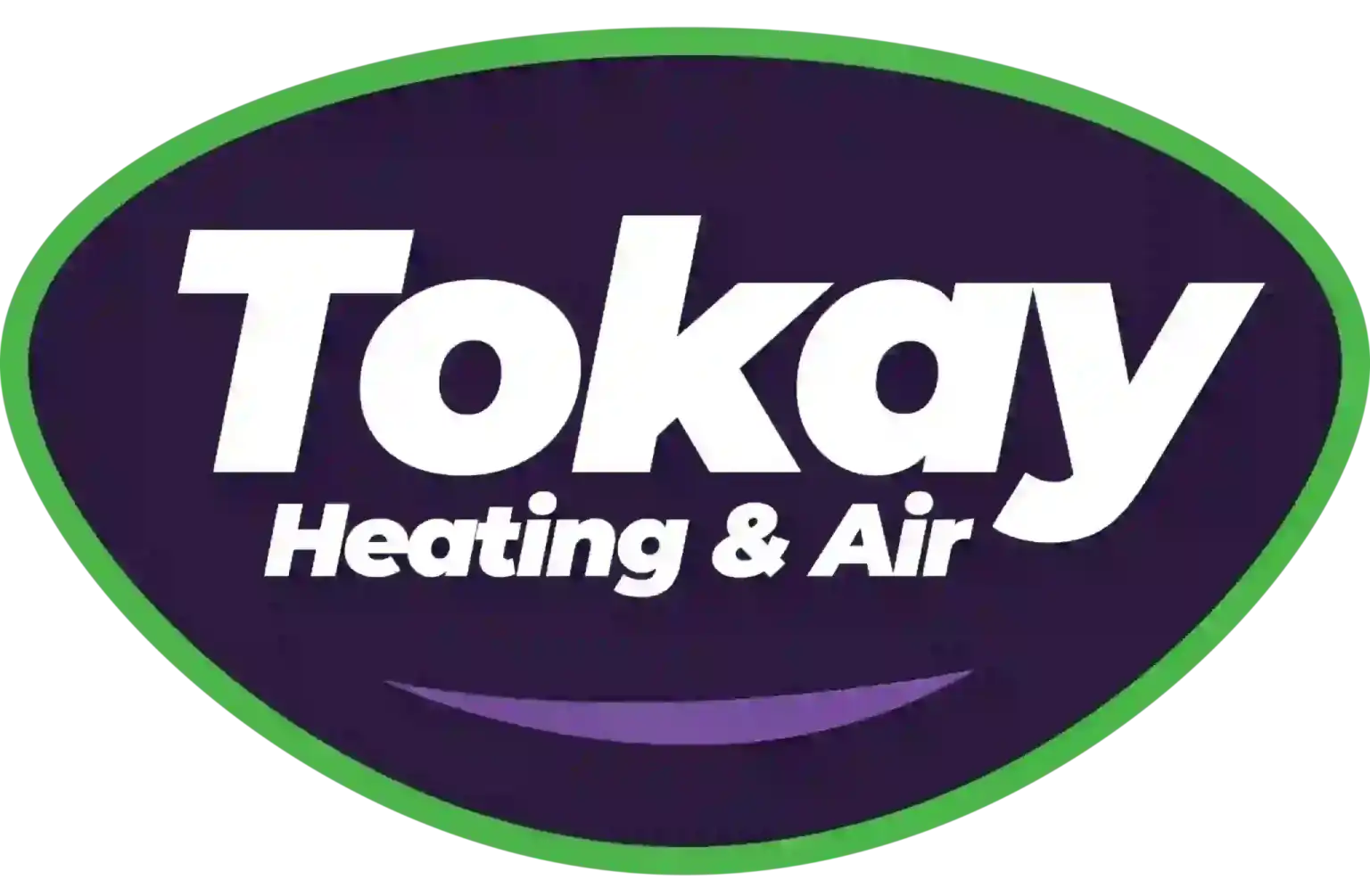What Should I Do If I Have Bad Air Quality?
If you’re questioning whether your Lodi residence has unhealthy indoor air quality (IAQ), it likely does.
We are indoors a lot. In fact, we’re inside up to 90% of the time, according to the U.S. Environmental Protection Agency. And the air inside residences could be 2–5 times more contaminated than outdoors, which can create long-term health concerns.
Most Common Sources Of Poor Indoor Air Quality
We’ve put together a list of the most frequent origins of poor indoor air quality, the troubles they cause and how you can fix these indoor air pollutants. If you’re concerned about the air inside your home, we recommend talking with a professional like Tokay about which options are a good fit for your home.
Volatile Organic Compounds
Volatile organic compounds, or VOCs, are chemicals leaked by regular household things.
They’re found in paint and stains as well as:
- Furniture
- Carpet
- Building materials
- Cleaning products
- Cosmetics
- Air fresheners
- Candles
When these fumes accumulate in your home, they can irritate your eyes, nose and throat. They may also lead to headaches and nausea. Regardless of whether your residence is in a rural or industrial space, an EPA study found indoor levels of these pollutants can be 2–5 times higher than the air outside.
Always adhere to the manufacturer’s guidelines when applying paint or spraying cleaning products. Unlatching a window can help odors disperse faster.
Air purification systems can also help. This equipment partners with your heating and cooling system to freshen indoor air. When hunting for a system, ensure it’s specifically designed to eliminate VOCs.
Dust And Pet Dander
Dust and pet dander can trigger health problems like asthma and allergies, especially when it constantly gets moved by your home’s comfort equipment. While you can vacuum more frequently and buy an improved air filter, an air filtration system may be a better solution.
This equipment hooks to your comfort equipment to provide mighty filtration. Some types provide hospital-level filtration for getting rid of particles and bioaerosols.
Lasting Odors
New houses are closely sealed to boost energy efficiency. While this is great for your energy bill, it’s not ideal for your indoor air quality.
Stuffy odors can hang around for a greater amount of time because your house is pulling in less fresh air. As keeping your windows open throughout the year isn’t doable, here are two approaches you can make your indoor air smell better.
An air purification system is put in your ducts to wipe out odors before they are redistributed. Look for one with a carbon filter and the ability to eliminate dangerous VOCs. These systems can also help keep your household healthy by getting rid of most bacteria and common allergy triggers like pollen and mold spores.
A ventilation system pulls out stale indoor air and substitutes it with clean outdoor air. There are two models of equipment (heat recovery and energy recovery), so call our professionals for more details on which kind is ideal for your home.
Unsteady Humidity
It’s critical your residence’s humidity keeps even. Air that’s too humid can create mold, while dry air can lead to respiratory troubles.
Our experts suggest 40–50% for the best comfort. To keep yours steady, think about getting a whole-home humidifier or whole-home dehumidifier with your heating and cooling system.
Instead of having to lug a humidifier from room to room, this equipment delivers even humidity across your house.
Carbon Monoxide
Carbon monoxide is colorless gas you can’t smell. It’s a byproduct of insufficient combustion in fuel-burning equipment, like gas heating systems, water heaters or fireplaces.
It produces a serious health risk. In little levels, it can lead to flu-like symptoms like headaches and nausea. It may be lethal in heavy levels.
We recommend regular furnace maintenance to double-check your unit is working smoothly. This service allows our techs to pinpoint troubles before they start, including malfunctions that can create carbon monoxide leaks.
The best method to keep your house free of carbon monoxide is to put in detectors. These alarms should be on all floors near bedrooms and living spaces.
Enhance Your Home’s Air Quality With The Tokay Experts
Informed that your residence has inferior air quality but not sure how to improve it? Or unsure which option is a good fit for you? Give our kind HVAC specialists a call at (209) 257-3156 or contact us online today. With free estimates and expert assistance, we’ll help you choose the best equipment for your needs and budget.


